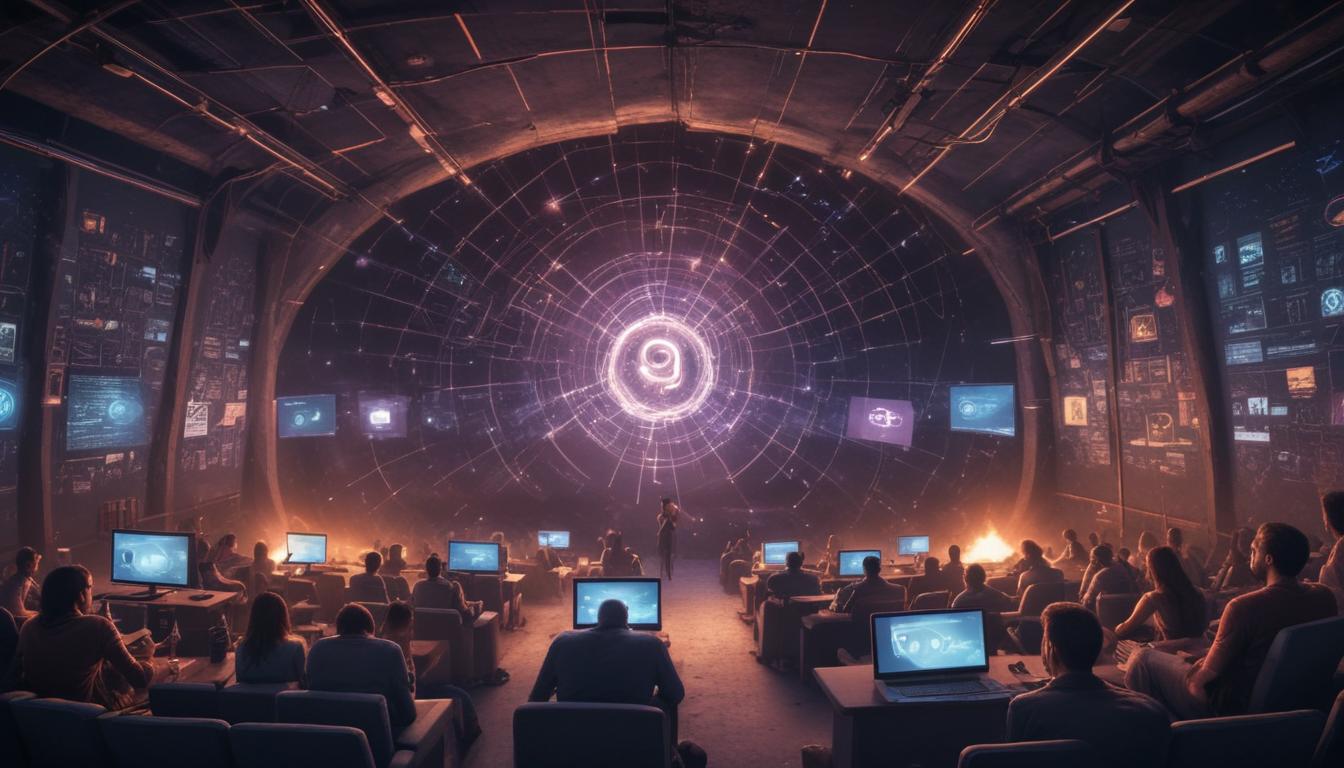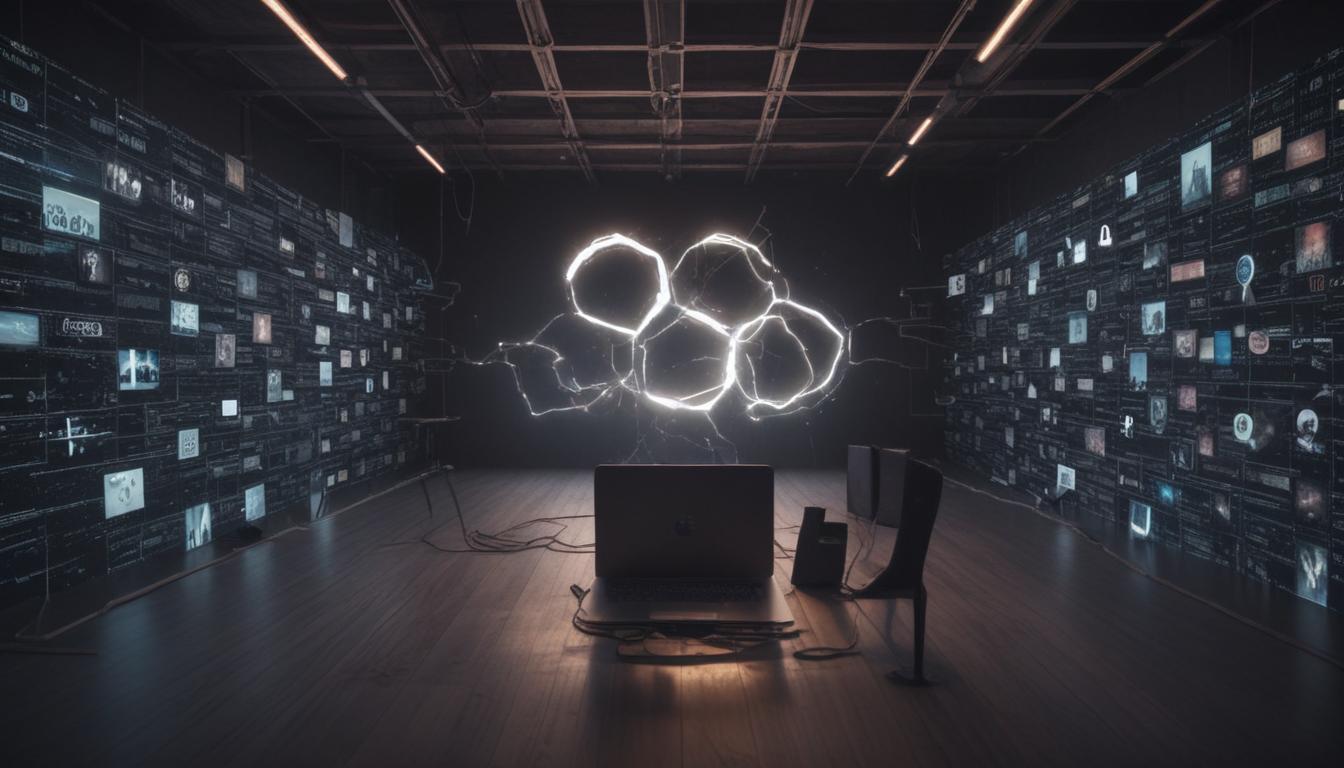Now Reading: Web3 Explained The Next Internet
- 01
Web3 Explained The Next Internet
Web3 Explained The Next Internet

Web3 The Next Evolution of the Internet
Ever feel like you are the product, not the customer, when you are online? You scroll through feeds curated by secret algorithms, your personal data is collected and sold by giant corporations, and the creators you love only get a tiny fraction of the revenue they generate. This feeling of powerlessness is a common symptom of the current internet. You are participating in a system where you have very little control or ownership. But what if there was a better way? What if the internet could be rebuilt on a foundation of user ownership, transparency, and decentralization?
This is not a far-fetched dream. It is the core promise of Web3, the next evolution of the internet. Web3 aims to shift the power from massive, centralized platforms back into the hands of individual users and creators. It is a fundamental reimagining of how we interact, transact, and create online, moving us from a web we simply use to a web we collectively own. This guide will break down exactly what Web3 is, how it differs from the internet we use today, and what this exciting new chapter means for you.
The Journey from Web1 to Web3
To understand where we are going, we first need to understand where we have been. The internet has evolved in distinct phases, each defined by how we interact with it. Web3 is not just an update; it is a complete paradigm shift built on the lessons learned from its predecessors. This evolution is best understood as a three-step journey from a static, read-only medium to a dynamic, user-owned ecosystem.

Web1 The Read Only Era
Think back to the internet of the 1990s and early 2000s. This was Web1. It was largely a one-way street, a vast digital library of static websites built on open protocols like HTML, HTTP, and SMTP. Most users were passive consumers of information. We could read articles, look at pictures, and browse directories, but there was very little interaction. The content was provided by a small number of publishers, and the user experience was like reading a magazine that was connected to a phone line.
While its functionality was limited, Web1 was highly decentralized in its architecture. Anyone could set up a server and host a website, and its foundational protocols were open and community-governed. However, the creation of content was siloed, and the internet felt more like a broadcast medium than a collaborative space. It was the “read-only” web.
Web2 The Social and Interactive Web
Around 2004, the internet changed. The rise of social media platforms like Facebook, YouTube, and Twitter ushered in the era of Web2, the internet we know today. The web became dynamic and interactive. Suddenly, anyone could be a creator. We started generating our own content—blogs, photos, videos, and status updates—and sharing it with the world. This user-generated content made the internet a vibrant, social, and indispensable part of modern life.
However, this interactivity came at a cost. While we create the content, we do not do it on our own terms. We do it on centralized platforms owned by a handful of tech giants. These companies provide us with “free” services in exchange for our data, which they monetize through targeted advertising. They control the algorithms, set the rules for content, and own the digital infrastructure. Web2 is the “read-write” web, but the platforms own everything we create on their turf.
Web3 The Read Write Own Internet
Web3 represents the next logical step in this evolution. Its goal is to take the interactive and social nature of Web2 and combine it with the decentralized philosophy of Web1, creating a “read-write-own” internet. In the Web3 world, users are not just content creators; they are owners. Instead of using applications that are run and controlled by a single company, we use decentralized applications (dApps) that are built on blockchain networks.
This shift is made possible by technologies like blockchain, cryptocurrencies, and NFTs. The blockchain acts as a global, transparent, and permissionless state layer for the internet. This means your digital identity, your data, and your digital assets are not locked into a single platform. You own them, you control them, and you can take them with you wherever you go online. This creates a more equitable and user-centric internet where value flows back to the creators and users who build the network.
What a Web3 Future Could Mean for You
The transition to Web3 is not just a technical upgrade; it is a social and economic one with profound implications for everyone. It changes the fundamental relationship between users, creators, and platforms. While still in its early days, the vision of Web3 points toward a future where the internet is more open, fair, and empowering for everyone involved.
For creators, Web3 offers a direct line to their audience, free from intermediaries who take a large cut and control distribution. A musician could sell their music directly to fans as NFTs, with royalties automatically paid out for every future sale. A writer could publish their work on a decentralized platform where they retain full ownership and are rewarded by their readers. For users, it means true ownership of your digital life. Your gaming items, your social graph, and your online reputation are yours to keep and even sell, not tied to a company that could ban your account or change its terms of service at any moment. It is an internet where your participation directly translates to ownership.


































